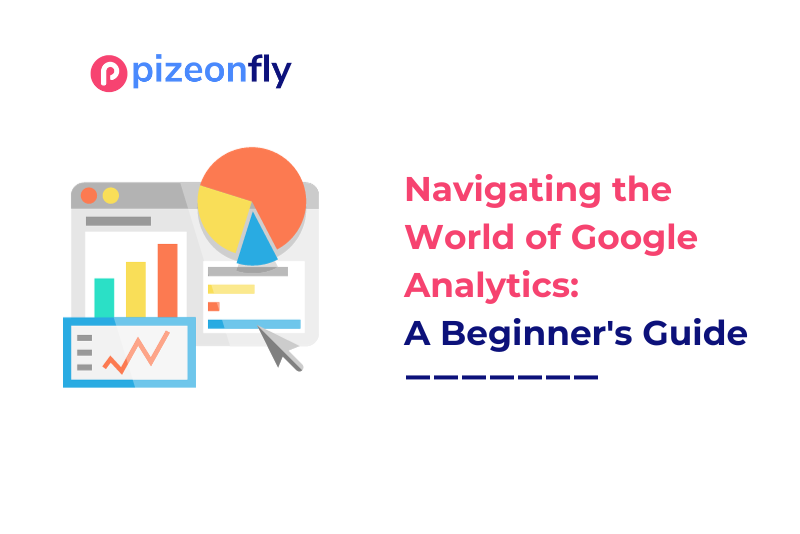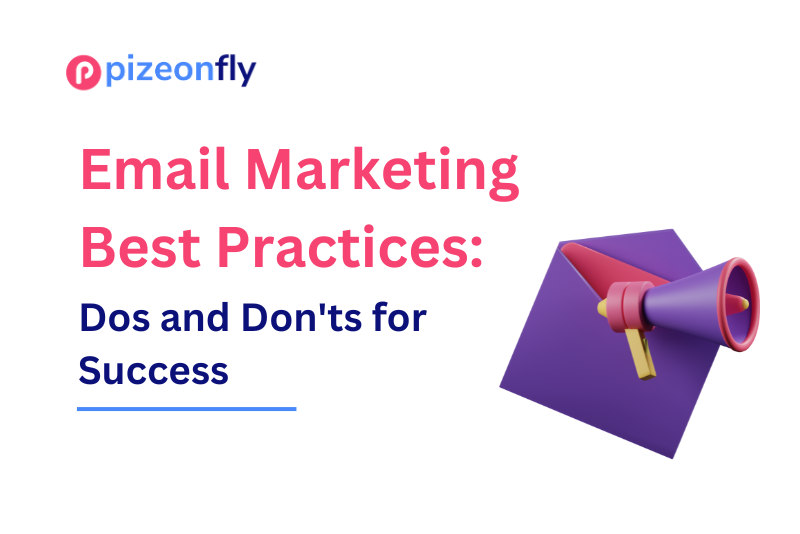
5 Key Trends Shaping Digital Marketing in 2023
March 25, 2023
The Role of Content Marketing in Building Brand Awareness
March 28, 2023As a small business owner, you may feel overwhelmed by the world of search engine optimization (SEO). You may be asking yourself, “What is SEO? How does it work? And most importantly, how can I make it work for my small business?”
In this ultimate guide to SEO for small businesses, we’ll cover all the basics and provide you with actionable tips to help you improve your website’s ranking on search engine results pages (SERPs).
What is SEO?
SEO refers to the process of optimizing your website and its content to make it more visible and appealing to search engines like Google, Bing, and Yahoo. The goal of SEO is to improve your website’s ranking on SERPs, which in turn will drive more traffic to your website.
How does SEO work?
Search engines use complex algorithms to determine the relevance and quality of a website’s content. These algorithms take into account various factors such as keywords, backlinks, and user experience.
To improve your website’s ranking on SERPs, you need to optimize your website and its content according to these algorithms. This involves optimizing your website’s structure, writing quality content, using relevant keywords, and building backlinks from reputable sources.
Optimizing Your Website
The first step in SEO is to optimize your website’s structure. This involves making sure that your website is easy to navigate and that your content is organized in a logical and user-friendly manner.
One way to do this is to use a clear and concise URL structure. Your URLs should be descriptive and contain relevant keywords. For example, if you own a bakery in New York, your URL could be “wwwpizeonfly.com“.
Another way to optimize your website’s structure is to use a responsive design. A responsive design ensures that your website looks great on all devices, including desktops, laptops, tablets, and smartphones. This is important because search engines prioritize websites that are optimized for mobile devices.
Writing Quality Content
The second step in SEO is to write quality content that is relevant and engaging to your target audience. Your content should be informative, well-written, and easy to read.
One way to do this is to use headings and subheadings to break up your content into smaller, more digestible chunks. This makes it easier for readers to skim your content and find the information they’re looking for.
Another way to improve the quality of your content is to use images and videos. Images and videos can make your content more engaging and help you convey complex ideas in a more visual way.
Using Relevant Keywords
The third step in SEO is to use relevant keywords throughout your website and its content. Keywords are the words and phrases that people use to search for information on search engines.
To identify relevant keywords for your website, you can use keyword research tools like Google Keyword Planner or SEMrush. These tools can help you find keywords that are relevant to your business and have high search volumes.
Once you’ve identified your keywords, you should use them strategically throughout your website and its content. This includes using them in your headings, subheadings, and body text. However, it’s important to use keywords in a natural and organic way. Overusing keywords (known as keyword stuffing) can actually hurt your website’s ranking on SERPs.
Building Backlinks
The final step in SEO is to build backlinks from reputable sources. Backlinks are links from other websites that point to your website.
To build backlinks, you can reach out to other websites and ask if they’d be willing to link to your website. You can also create high-quality content that other websites will want to link to naturally.
However, it’s important to focus on building quality backlinks from reputable sources. Backlinks from low-quality or spammy websites can actually hurt your website’s




